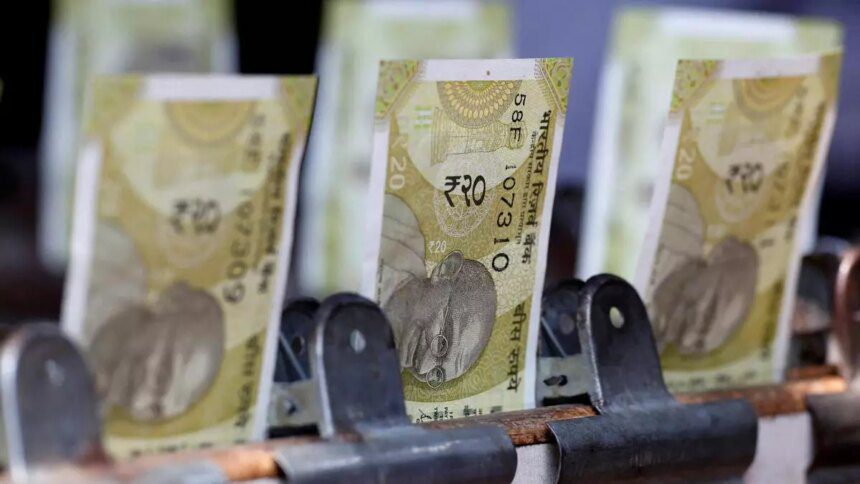The rupee faced a depreciation of 16 paise against the US dollar on Thursday, closing at 86.56 (provisional). This drop was primarily due to the strength of the American currency overseas, as well as higher crude oil prices and outflows of foreign funds. Despite these challenges, positive performance in domestic equity markets provided some support.
Opening at 86.42, the rupee hit an intraday high of 86.37 before settling at 86.56 against the dollar. The previous day, it had gained 13 paise to close at 86.40 after a 17 paise rebound from its lowest ever level.
Anuj Choudhary, a Research Analyst at Mirae Asset Sharekhan, attributed the rupee’s decline to increased demand for dollars by importers. He anticipated that importers may continue to purchase dollars, further pressuring the rupee. In terms of trading predictions, he suggested that the USD-INR spot price could range between ₹86.35 to ₹86.75.
On the international front, the dollar index, which measures the greenback’s strength against a basket of currencies, was slightly higher at 108.97. Brent crude, the global oil benchmark, saw a slight decline of 0.12% but remained elevated at $81.93 per barrel in futures trading.
Analysts highlighted that concerns surrounding geopolitical uncertainties could introduce volatility in both the dollar and crude oil markets until the US transitions to a new administration under President Donald Trump next week.
In the domestic equity market, the BSE Sensex rose by 318.74 points to 77,042.82 points, while the Nifty increased by 98.60 points to 23,311.80 points. Foreign institutional investors (FIIs) were reported to have offloaded equities worth ₹4,533.49 crore on Wednesday.
In conclusion, despite challenges such as a strong dollar and high crude oil prices, the rupee’s performance remains closely linked to both domestic and international market factors. As the situation evolves, investors and traders will continue to monitor developments closely for potential impacts on the currency’s value.










